China National Tea Museum is the sole museum in China mainland that centers around tea and tea culture. Here, you can gain insights into the rich culture and long history of tea in China. It is a place where you can view a variety of exhibits related to tea, have a taste of different teas, witness a tea ceremony performance, acquire the skills of tea art, and also relish the delightful scenery of tea plantations.
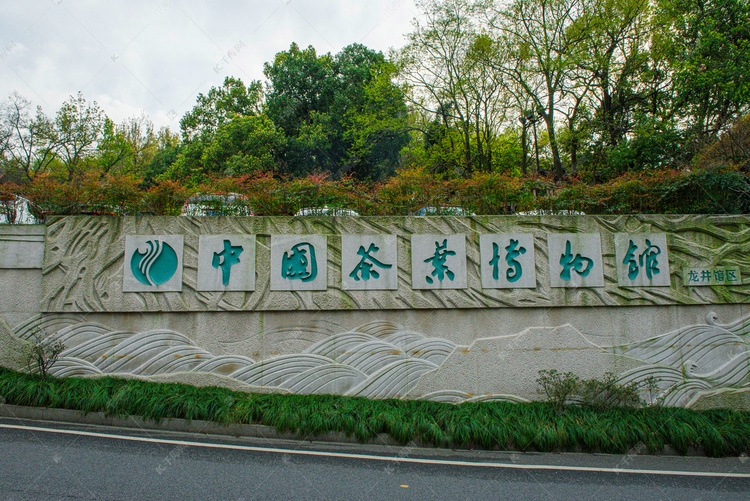
Best Time to Visit: All Seasons
Recommended Visiting Time: 2-3 hours
Opening Hours:
May 1 - October 7: 9:00-17:00
October 8 - April 30: 8:30-16:30
Tickets: Free
Address: No. 88, Longjing Road, Shuangfeng Village, Xihu Distict, Hangzhou, Zhejiang, China
Rich Exhibitions
Tea History Hall: Here, one can trace the origin, evolution, prosperity, and spread of Chinese tea. With primitive tea sets, tea-related poems, and other exhibits, the long and profound history of tea is vividly presented.
Tea Collection Hall: Over 100 samples of famous Chinese teas, including green tea, black tea, oolong tea, yellow tea, white tea, dark tea, and reprocessed tea, are on display, showcasing the diverse varieties of tea.
Tea Sets Hall: Admire a wide variety of tea sets from different periods, made of materials like gold, silver, copper, jade, and ivory. The evolution of their shapes and functions reflects the development of tea culture.
Tea Custom Hall: This hall exhibits the tea-tasting customs and manners of various Chinese provinces, such as Yunnan, Sichuan, Tibet, Fujian, and Guangdong, presenting the rich and colorful tea culture in China.
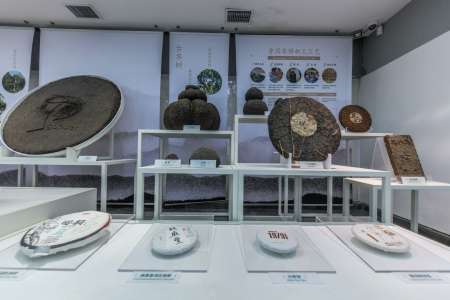
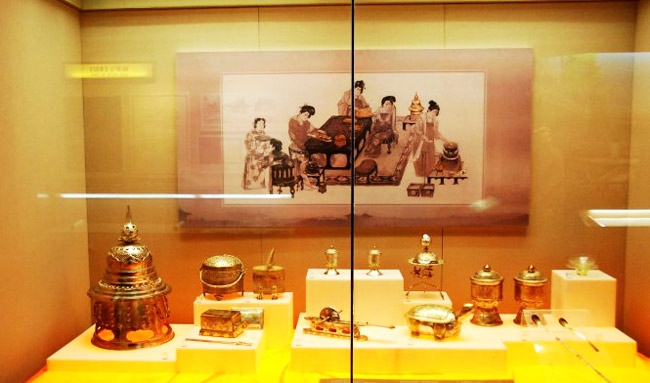
Tea Tasting and Performances
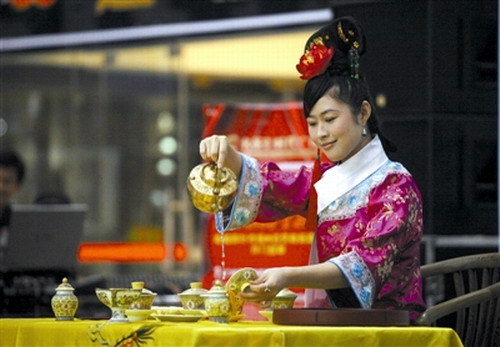
Tea Tasting: In the six tea rooms of distinct styles, visitors can taste different kinds of tea, immersing themselves in the fresh and pleasant aroma.
Art Performances: Fantastic tea art and tea ceremony performances from ancient to modern times, including the West Lake tea, scholar tea, Buddhist tea, and Kung Fu tea, are provided, allowing visitors to experience the unique charm of Chinese tea culture. Japanese tea ceremonies are also sometimes shown.
The museum is surrounded by tea plantations, providing a serene and natural backdrop. In spring, visitors can even participate in tea plucking activities and watch the tea drying process, getting closer to the origin of tea.
Educational Activities
The museum regularly holds tea culture lectures, tea art classes, and other educational activities, where visitors can learn about the history, production techniques, and cultural connotations of tea, and have in-depth exchanges with experts
Explore environment of China National Tea Museum
After exploring the exhibitions and savoring the tea, you can unwind in the idyllic setting of the China National Tea Museum. With waterside pavilions, flower-adorned corridors, and traditional Chinese edifices, you can fully embrace the natural allure of Chinese aesthetics. One hundred renditions of the character "tea" in diverse calligraphic forms, a lifelike stone sculpture of Lu You, the "Tea Sage," charming ancient southern Chinese structures, the gentle murmur of clear water from the Qiantang River, and the faint aroma of the surrounding emerald tea plantations create a multi-sensory delight. Additionally, the sundial and gnomon displaying the local Hangzhou time, distinct from the standard Chinese time, are traditional astronomical tools that play a crucial role in determining the optimal periods for tea cultivation and harvesting, which is an essential aspect of Chinese tea culture.
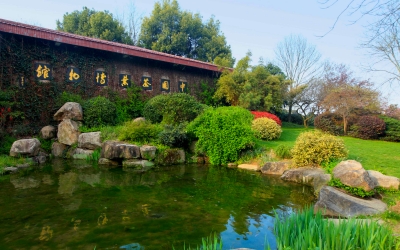
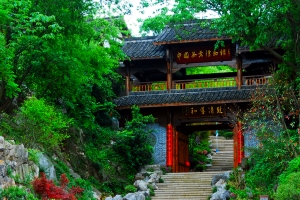
Recommended Way to Explore Tea Culture
People often start their journey by visiting the Longjing Tea Plantations, located just under 3 kilometers from the museum. This offers them a chance to see the tea-growing environment up close and even participate in the enjoyable activity of tea picking. Both Meijiawu Village and Longjing Village are excellent choices for this experience. Afterward, they proceed to the China National Tea Museum. Upon arrival, they enter Building 1, where they can explore exhibitions on tea culture, history, tea sets, customs, and other related topics, allowing them to appreciate the depth of traditional Chinese art. Next, they move on to Building 3 to sample a variety of teas. Following this, they visit Building 4 to enjoy impressive tea art and performances of tea ceremonies. Finally, they take in the beautiful views of the tea plantations and the stunning ancient landscapes surrounding the museum.

































